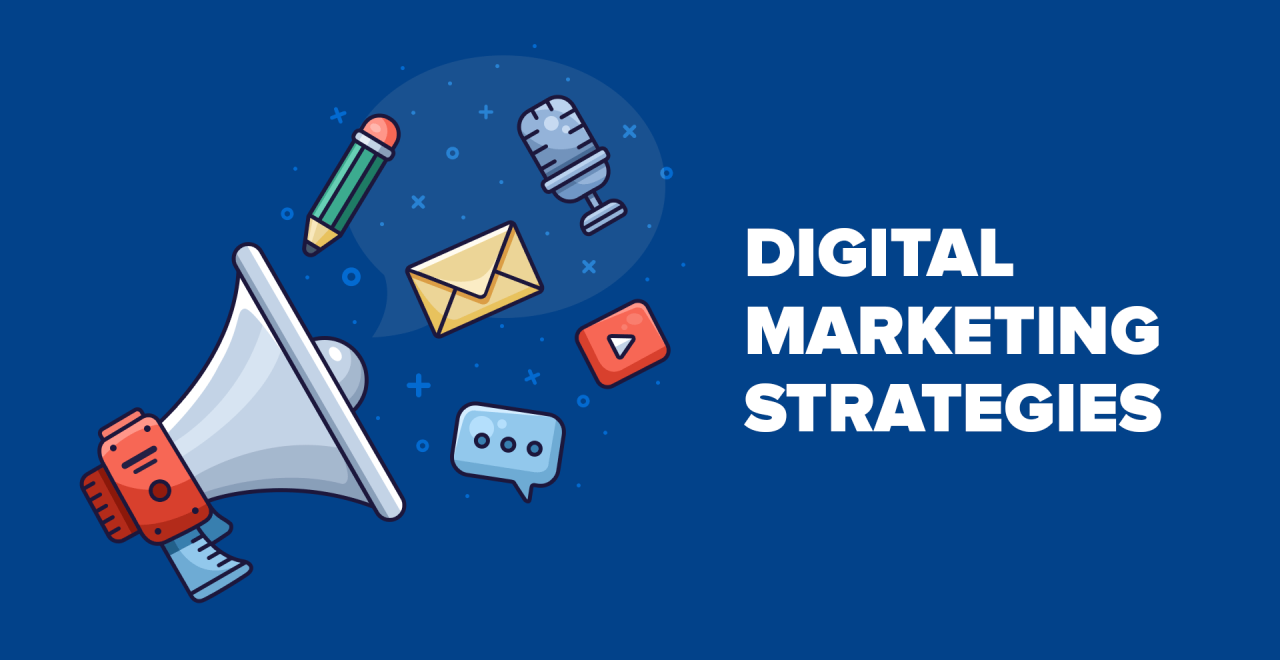Artificial intelligence has moved from shiny add-on to essential engine. It now powers how audiences are discovered, how creative is produced, how media is bought, and how performance is measured. For marketers, the question is no longer “Should I use AI?” but “How do I architect my stack, workflows, and team so AI compounds results rather than creates chaos?” This article explores what’s next over the coming two to three years, what to prepare for this quarter, and how to turn fast-moving technology into durable advantage.
Why AI is changing marketing fundamentals, not just tools
The biggest shift is structural. AI collapses tasks that used to be sequential and siloed into parallel, connected loops. Data ingestion, insight generation, creative development, and activation can now happen in near real time, which compresses campaign cycles and increases the surface area for optimization. In practice, your team can ideate, test, and scale dozens of creative and audience permutations in the time it used to take to ship a single variation. The organizations that win won’t simply plug in new software; they will re-platform their operating models around AI-accelerated feedback loops.
The evolving data foundation
As third-party cookies continue to fade and platforms tighten data access, first-party data and consented relationships become the most reliable signal source for models. Successful teams will stitch together product analytics, CRM, web events, and offline conversions into clean rooms or privacy-preserving environments. That unified spine allows AI to build predictive audiences, generate next-best-action recommendations, and trigger individualized journeys across channels. Marketers should prioritize data contracts and event taxonomies that are comprehensible to both analysts and large models, and they should invest in lightweight governance so new fields, events, and IDs can be added quickly without breaking downstream systems.
AI-native audience building
Look-alike audiences were yesterday’s blunt instrument. The next generation uses probabilistic profiles enriched with behavioral sequences, content affinities, and predicted value. Expect to brief systems with outcomes, constraints, and brand guardrails rather than micro-targeting rules. When your model knows the states you want customers to move through—lead, activated trial, retained subscriber, upsold advocate—it can learn which sequences of touchpoints shift states efficiently. Human judgment remains critical, particularly to catch spurious correlations and ensure representation, but the manual spreadsheet work of segmentation will keep shrinking.
Search, discovery, and the new SERP
AI summaries and answer engines are changing how people discover brands. Traffic will consolidate around fewer high-trust surfaces where integrated answers are front and center. To stay visible, content must become both entity-centric and experience-rich. That means structured data, clear topical authority, and content designed to be cited by answer engines—concise definitions, clean headings, and genuinely useful original artifacts like calculators, datasets, and templates. Brands should anticipate fewer but higher-intent visits and prepare site experiences that convert curiosity into action in one or two steps.
Generative creative at production scale
Generative models are turning creative into a living system rather than a series of one-off assets. Teams will maintain modular libraries of brand-safe components—tone, typographic rules, visual motifs, product renders, and disclaimers—that models can recombine into thousands of on-brand variations. The creative process shifts from crafting each asset to designing the rules of the world those assets live in. Human creators focus on concepting, brand voice, and final polish for hero pieces, while AI handles adaptation to formats, locales, and micro-segments. The measurable payoff is higher match between message and moment without ballooning production timelines.
Measurement that keeps up with the machine
Attribution will mature from single “source of truth” dashboards to triangulation across incrementality testing, media platform lift studies, modeled conversion paths, and MMM that updates more frequently. AI’s role is to propose test designs, automate data hygiene, and reconcile seemingly conflicting signals into operational recommendations. The teams that succeed will preserve a handful of stable, executive-level KPIs while letting the AI and analysts explore dozens of granular diagnostics beneath the surface. The goal is decisiveness, not dashboard sprawl.
Governance, brand safety, and trust
AI speeds everything up, which raises the stakes for mistakes. Guardrails should be embedded as code: brand lexicons, disallowed claims, regulatory disclosures, and sensitive topic lists that are enforced automatically in generation and review. Content authenticity signals—such as watermarking, signed metadata, and disclosure language—will move from nice-to-have to table stakes as audiences grow more skeptical of synthetic media. Internally, marketing leaders should institute red-team reviews for new automations and maintain a clear incident playbook in case an output slips through that violates policy or misleads users.
Practical 12-month roadmap for an AI-first marketing team
Progress happens fastest when it’s sequenced. In the next 90 days, concentrate on a single, high-leverage use case such as generative ad variations for one paid channel tied to a well-defined conversion event. Establish a baseline, instrument the funnel, and calculate lift with a clean test. In months four to six, expand to adjacent surfaces like landing page copy and lifecycle emails, using the same governance and measurement spine. By month nine, integrate predictive audiences from your first-party data and connect them to activation destinations. By the end of the year, operationalize a repeatable “brief-generate-deploy-learn” loop that runs weekly, not quarterly, and is owned jointly by creative, media, and analytics.
The evolving martech stack
Rather than pursuing a single vendor to do it all, most companies will assemble a thin orchestration layer that sits above specialized tools. This layer manages prompts, templates, feature flags, experiments, and access controls. Underneath it lives your data warehouse, consent management, customer data platform, and creative systems. Over time, the orchestration layer will get smarter, recommending prompts for a given goal, auto-generating test variants, and routing jobs to the best model for cost, speed, or quality. An important habit is documenting “what good looks like”—approved prompts, examples of on-brand outputs, and annotated failures—so your models and teammates learn together.
Skills and team design
Marketers don’t need to become machine-learning engineers, but every role benefits from AI-literate habits. Strategists should learn to translate business goals into testable hypotheses that AI can action. Creators should master prompt patterns, reference libraries, and creative QA. Analysts should pair causal methods with model-driven exploration and be comfortable debugging data pipelines as much as reading charts. A new class of “marketing AI ops” practitioners will emerge to maintain templates, guardrails, and experiment catalogs. For individual upskilling, a thoughtfully chosen Digital Marketing Course Online can accelerate fluency, especially when it pairs conceptual foundations with hands-on projects and ethical guidelines.
Content that earns citations in AI answers
As AI answer engines increasingly cite sources, brands need content that tools want to quote. That means primary research, proprietary frameworks, and interactive utilities rather than formulaic articles. Consider publishing benchmark reports from anonymized product data, field guides with step-by-step walkthroughs, and diagnostic tools that help visitors calculate value in their own context. When you publish something truly useful, seed it into the ecosystems where practitioners work—docs sites, developer hubs, community forums—so it’s discoverable by both humans and models.
Personalization without creeping people out
The frontier is “contextual empathy”: tailoring messaging to the user’s situation without overstepping. Good personalization reads like a skilled salesperson who remembers what matters, not like a data broker whispering secrets. Achieve this by using broad behavioral signals—recent activity, lifecycle stage, content consumed—rather than sensitive attributes. Provide clear controls and explain the benefit of sharing data in plain language. The payoff is not only higher conversion but also long-term trust that keeps your data flywheel spinning.
The economics of speed
AI changes the cost curve of experimentation. When the marginal cost of launching a new variation approaches zero, the scarce resource becomes human attention for reviewing results and making decisions. Leaders should reallocate budgets from long planning cycles to fast, instrumented tests, and they should protect calendar space for the team to interpret what the models are learning. The cumulative effect of many small, validated optimizations often outperforms one or two big campaign bets.
Risks to navigate thoughtfully
Hallucinations, bias, and over-automation are real. Reduce hallucinations by grounding generation in your own knowledge base and by requiring citations for factual claims. Mitigate bias by monitoring performance across audience slices and by including diverse reviewers in QA. Avoid over-automation by keeping a human-in-the-loop for any message that could create legal exposure or reputational risk. Finally, protect customer privacy by minimizing data sharing, using pseudonymization where possible, and honoring regional regulations in both spirit and letter.
Action plan you can start this week
Choose one channel and one outcome, then let AI do the heavy lifting under supervision. For example, assemble a small library of brand-approved headlines, benefits, and product visuals. Use an AI system to generate a matrix of ad variants that combine these elements in different ways. Launch a controlled test with clear success thresholds, and schedule a readout after a meaningful sample accrues. Feed the winning combinations into a refreshed landing experience whose copy is also AI-assisted and measured. Document everything you learn in a shared playbook so your second iteration is faster and more confident than the first.
Where strategy meets execution
The future belongs to marketers who can toggle between big-picture direction and ground-level iteration. AI allows you to hold both in tension: bold narrative arcs at the brand level alongside thousands of micro-tests at the tactic level. Anchor your program in a clear value proposition, a rigorous data foundation, and a cadence of experimentation that the whole team trusts. From there, let the models expand your creative surface area, discover non-obvious segments, and surface signals you would have missed by hand.
What to expect over the next 24 months
Expect generative models to become multimodal by default, producing synchronized copy, imagery, audio, and lightweight motion graphics that are consistent with your brand system. Anticipate media platforms exposing more automation while rewarding high-quality, first-party insights. Prepare for analytics to feel more like a conversation than a query language, where analysts speak to systems that return not only numbers but also suggested actions and predicted outcomes. Most importantly, expect the gap to widen between teams that treat AI as a novelty and those that rebuild their processes, training, and governance around it.
Closing thought
AI won’t replace marketers; it will amplify the difference between average and exceptional. The teams that thrive will pair creativity and judgment with machines that never tire of testing. If you commit to a steady cadence of learning, a defensible data strategy, and outputs that audiences genuinely value, you’ll find that AI is not just changing your toolkit—it’s expanding your ambition. In that world, Digital Marketing Strategies become living systems that learn, adapt, and compound results with every cycle, and organizations that embrace this mindset will set the pace for everyone else. Over time, the marketers who orchestrate these systems with clarity and care will be the ones defining the categories others chase.



